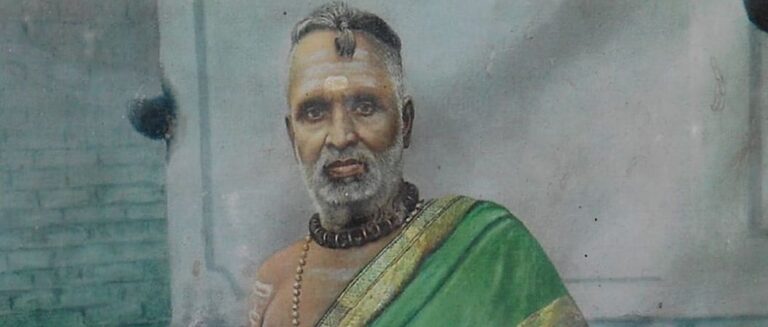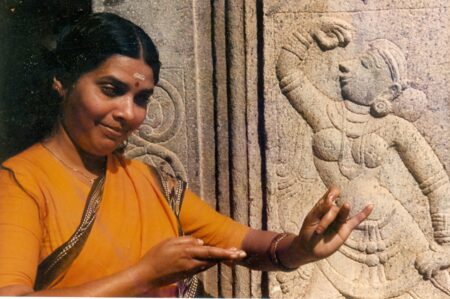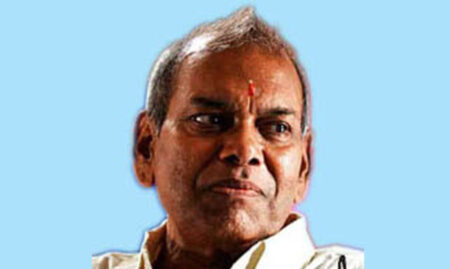Philosopher, philanthropist and connoisseur of arts and literature Valiya Kunjunni Raja alias Kakkad Karanavappad played a pivotal role in building the foundation of Kalamandalam.
Classical art forms in India flourished under the tutelage of royal families and also feudal lords. Kerala too had its own share of these benefactors until the turn of the last century. Among them the role of Manakkulam Palace in central Kerala’s Kunnamkulam was pivotal. The rule of Valiya Kunjunni Raja alias Kakkad Karanavappad was historically important for many reasons. For, it was Kunjunni Raja who lit the traditional lamp in his palace to mark the birth of Kerala Kalamandalam on November 9, 1930. The institution that turned 90 on the same day this year is presently a Deemed To Be University.
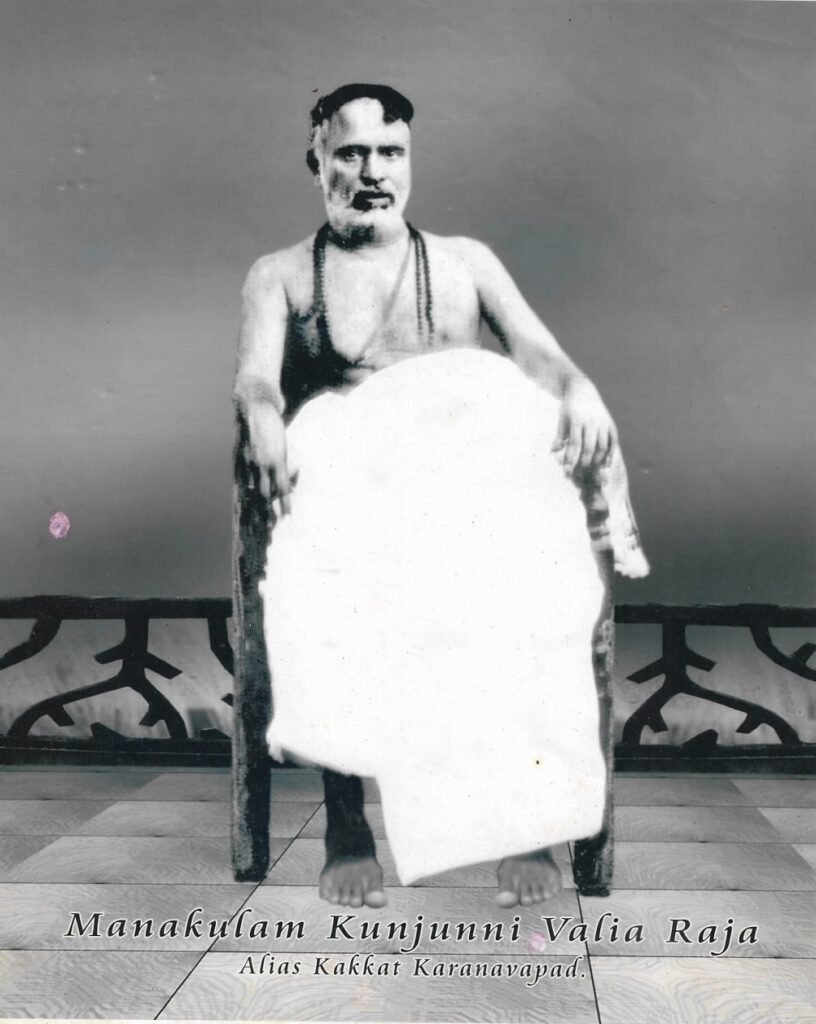
Kunjunni Raja was born in Chiralayam Palace, one of the six branches of Thalappilly dynasty, in 1850. In 1878, he and his two sisters were adopted by the Manakkulam family where he became the ‘Karanavar’ (head) after the death of his uncle. An affluent family for long, the palace was a meeting place for scholars, especially during the rule of Kunjunni Raja, as he was a philosopher, philanthropist and connoisseur of arts and literature.
The palace had a Kaliyogam (Kathakali troupe) under the supervision of Kunjunni Raja. All the leading artistes of the day frequented the palace for practice and training. The supremos of those days, Koppan Nair and Kuju Kurup were the gurus.
A surprise donation for Kalamandalam
Literary celebrities who were regular visitors to the palace included Kaikkulangara RamaWarrier, Kuttikrishna Marar, Nalappat Narayana Menon and Vallathol Narayana Menon. Vallathol was not only a poet but a Kathakali aficionado, beyond description. He visited the palace daily to watch the cholliyattam (training sessions) in the Kathakali kalari (Class).
During their meetings, both Raja and Vallathol used to discuss the sad state of Kathakali as most of the kaliyogams were on the verge of extinction. This was an indirect fall out of the decline of feudalism under the British raj. Kunjunni Raja promised Vallathol all help from the palace for starting a permanent institution for Kathakali training. He also offered the services of his nephew Mukunda Raja for any help in this endeavour. Finally in 1927 Kerala Kalamandalam was registered as a charitable society in Kozhikode.
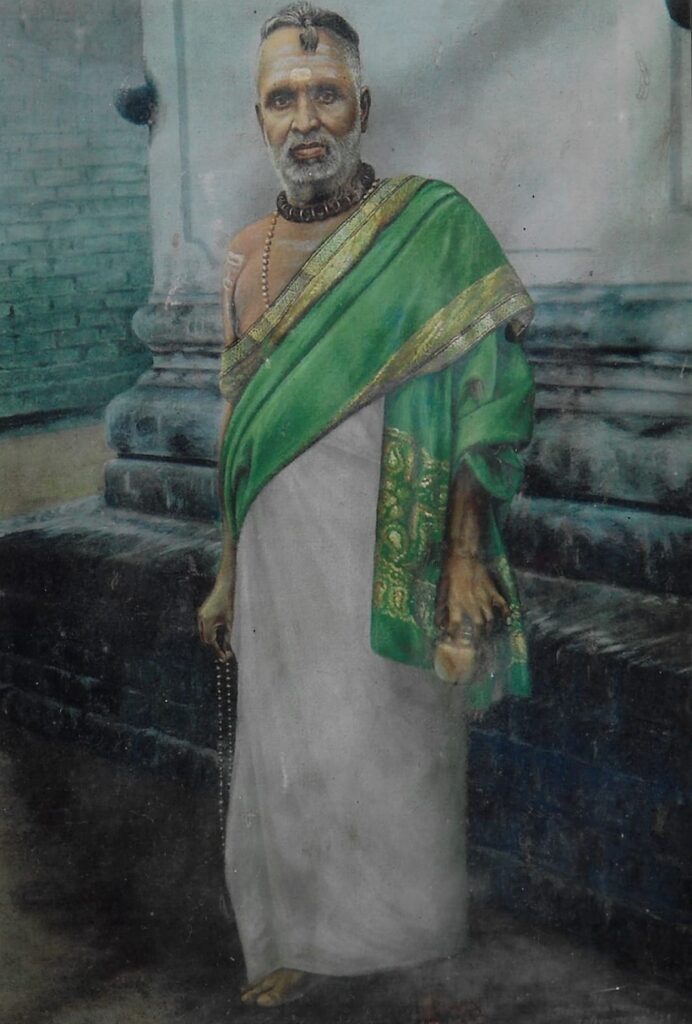
On the day of the institution’s inauguration in 1930, Kunjunni Raja donated the entire kaliyogam including the teachers and students to Kalamandalam to the surprise of all. Kalamandalam functioned at the palace for six months. Then, owing to want of space, it had to be shifted to Srinivasam Bungalow owned by Mukunda Raja at Ambalapuram, near Mulankunnathukavu, Thrissur.
Even at Ambalapuram, Kunjunni Raja used to supervise the cholliyattam. The students included Anand Shivaram, Madhavan, Sivasankaran, Jayasankar, Kelu Nair (all vesham) and Neelakantan Nambissan (music). The main play enacted was Ramayana in which Dasaradha was portrayed by Madhavan, Kousalya by Kelu Nair and Sumitra by Anand Shivaram.
Man of many talents
Kunjunni Raja was a playwright too. Guru Kunju Kurup and Thekkinkattil Ravunni Nair had donned roles in ‘Vamanavatharam’ and ‘Gopalakruthakumbam’ authored by Kunjunni Raja. He was endowed with exceptional musical prowess and was an acclaimed vainika. Perhaps he was the only ruler from Kerala who was invited to unveil a photograph of Thyagaraja at Thiruvayyar!
A revolutionary of his times, he never wore the royal insignia while riding out. He took the bold decision to give asylum to Kavunkal Sankarankutty Panicker who was ostracized after the historic exercise of ‘Smartha Vicharam’. In response to Gandhiji’s call, the members of the palace took to khadi clothes. Witnesses have vouched that bundles of silk clothes were burnt in the premises of the palace those days.
Kunjunni Raja passed away in 1942.

